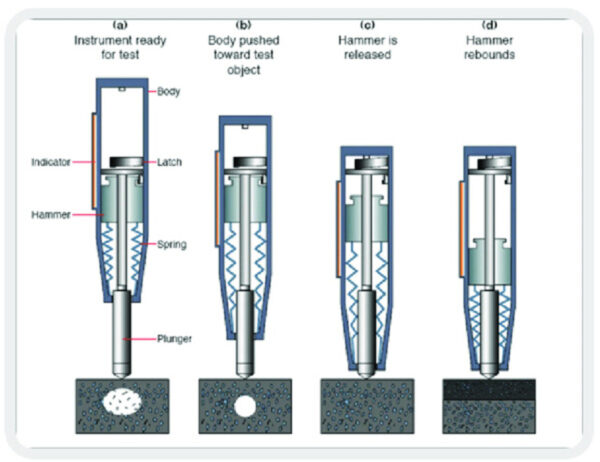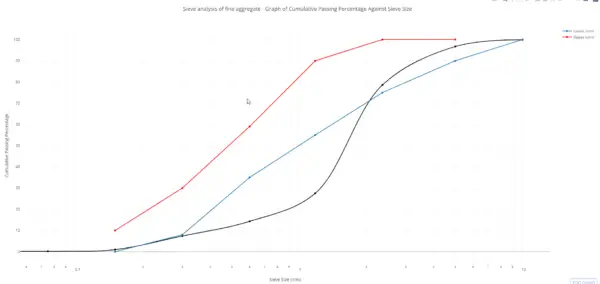Setting Out in Surveying: A Comprehensive Guide
Setting out in surveying is a crucial process in civil engineering projects. It involves transferring the design from plans and drawings to the actual ground, ensuring that the construction work is carried out accurately and precisely. In this blog post, we will explore the fundamentals of setting out, its objectives, methods, procedures, equipment, and benefits….




